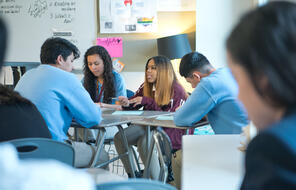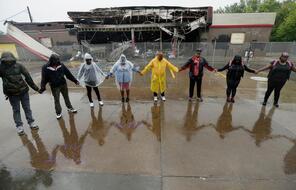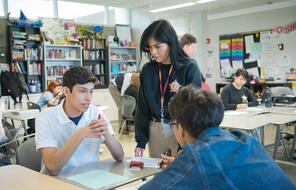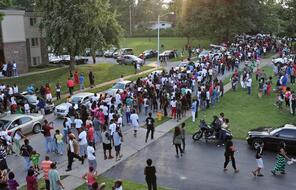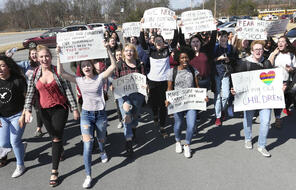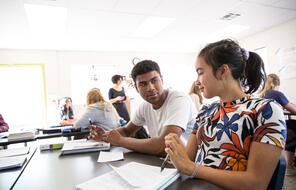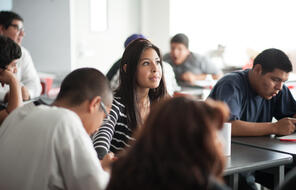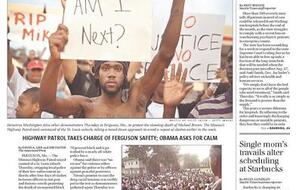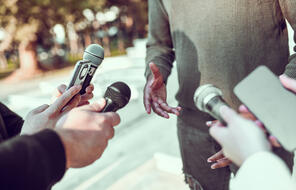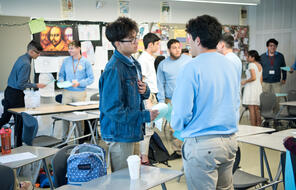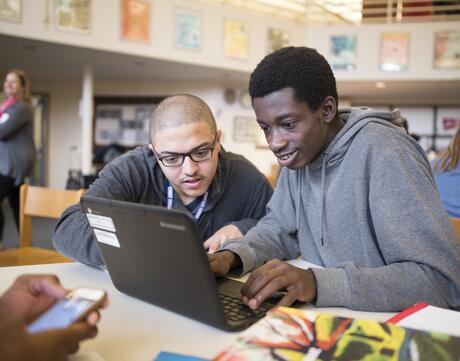
How to Read the News Like a Fact Checker
Subject
- Civics & Citizenship
- History
- Social Studies
Grade
6–12Language
English — USPublished
Updated
Overview
About This Mini-Lesson
We are flooded with news of varying quality, and it is often difficult to tell the difference between fake news and propaganda, one-sided stories, or credible news. In recent years, dangerous misinformation has spread online, such as fake news about political candidates, designed to sway voters and influence elections, and anti-vaccine conspiracy theories, which impact children’s health. Students need techniques for evaluating the news stories and ads they come across, especially as the United States nears the 2020 presidential elections. Learning to read laterally is a key media literacy strategy that can help students determine the quality of online sources.
This technique is described in a 2018 study conducted by two Stanford researchers, Lateral Reading and the Nature of Expertise, which showed that college students and trained historians struggled to evaluate the online sources shown to them by researchers because they read vertically, meaning they focused on information contained within the original website. Fact checkers were able to quickly determine the credibility of websites by reading laterally, meaning they opened multiple tabs in their browsers to read what other sources say about the website.
This mini-lesson trains students to read online sources laterally, like professional fact checkers do, so that they can better evaluate the credibility of news they see online. 1
- 1The activities in this Teaching Idea are adapted from the first task that researchers Sam Wineburg and Sarah McGrew gave the participants in their study Lateral Reading and the Nature of Expertise: Reading Less and Learning More When Evaluating Digital Information
Activities
Activities
Extension Activities
Materials and Downloads
Resources from Other Organizations
Unlimited Access to Learning. More Added Every Month.
Facing History & Ourselves is designed for educators who want to help students explore identity, think critically, grow emotionally, act ethically, and participate in civic life. It’s hard work, so we’ve developed some go-to professional learning opportunities to help you along the way.
Exploring ELA Text Selection with Julia Torres
On-Demand

Working for Justice, Equity and Civic Agency in Our Schools: A Conversation with Clint Smith
On-Demand

Centering Student Voices to Build Community and Agency
On-Demand



